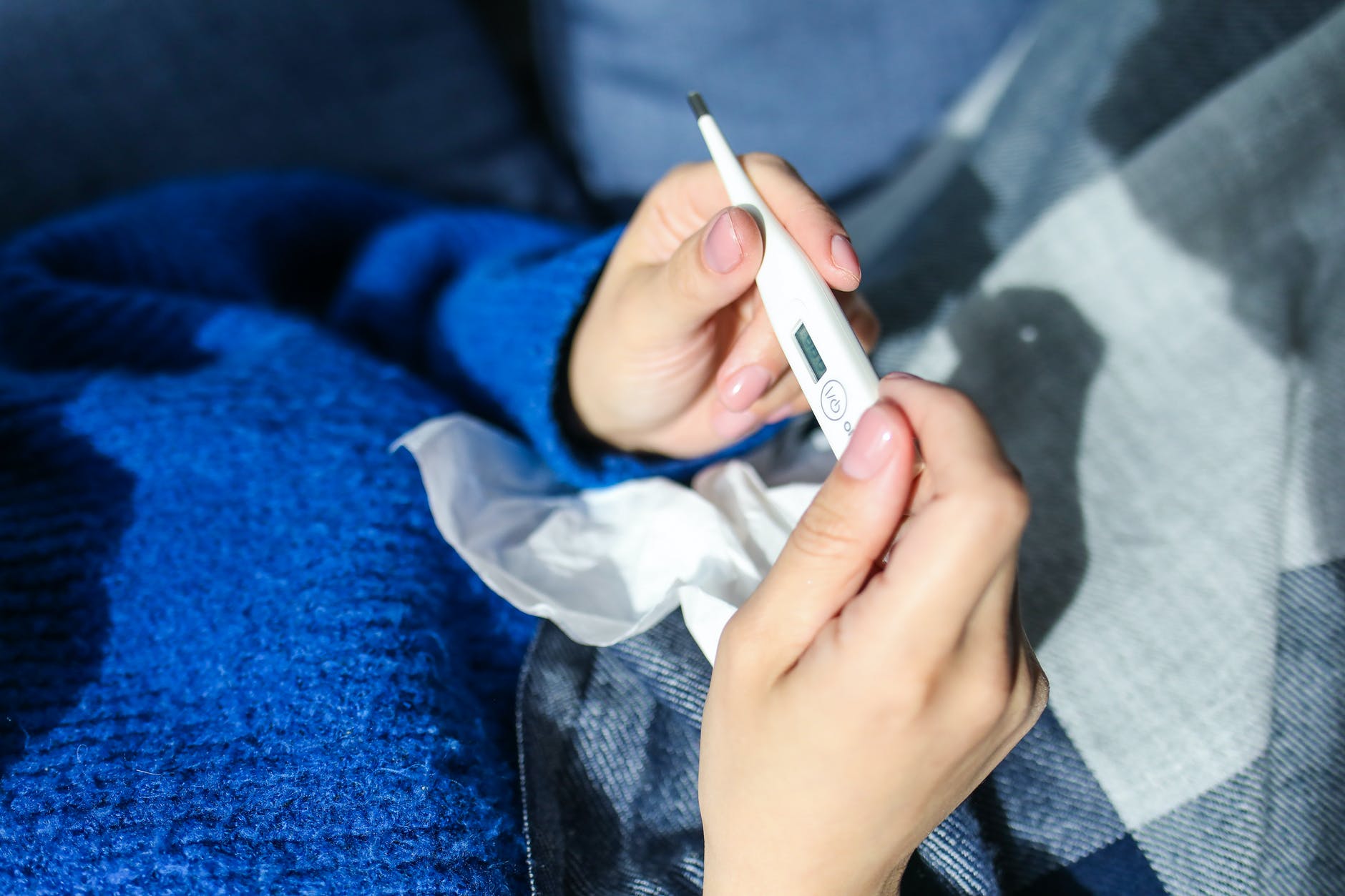Hold onto your sun hats, because it’s time to debunk some sunscreen myths and set the record straight once and for all! Let’s shine a light on the truth behind common misconceptions about sunscreen and sun protection:
-
Myth: You Only Need Sunscreen on Sunny Days: False! UV rays can penetrate clouds and cause sunburn, even on overcast days. Sunscreen should be a non-negotiable part of your daily routine, rain or shine.
-
Myth: Higher SPF Equals Better Protection: While a higher SPF offers increased protection against UVB rays, it’s important to remember that no sunscreen provides 100% protection. SPF 30 blocks about 97% of UVB rays, while SPF 50 blocks about 98%. The key is proper application and regular reapplication.
-
Myth: You Don’t Need Sunscreen Indoors: Think again! UV rays can penetrate windows and cause skin damage, even when you’re indoors. If you’re near a window or spending extended periods of time indoors with sunlight streaming in, it’s still important to wear sunscreen.
-
Myth: Darker Skin Doesn’t Need Sunscreen: Everyone, regardless of skin tone, is susceptible to sun damage and skin cancer. While darker skin may have more natural protection against UV rays, it’s still important to wear sunscreen to minimize the risk of sunburn, premature aging, and skin cancer.
-
Myth: Waterproof Sunscreen Doesn’t Need to Be Reapplied: Wrong! While waterproof sunscreens offer extended protection in water, they still need to be reapplied regularly, especially after swimming, toweling off, or sweating. Follow the reapplication guidelines on the sunscreen label for optimal protection.
-
Myth: Sunscreen Prevents Vitamin D Production: While sunscreen does block UVB rays, which are responsible for vitamin D production, it’s still possible to get enough vitamin D through dietary sources and supplements. The benefits of sun protection far outweigh the risks of vitamin D deficiency and skin damage.
-
Myth: Sunscreen Is Only Necessary in Summer: Sun protection is a year-round commitment! UV rays are present all year long, even during the winter months. Whether you’re hitting the slopes or lounging on the beach, don’t skimp on sunscreen—your skin will thank you!











